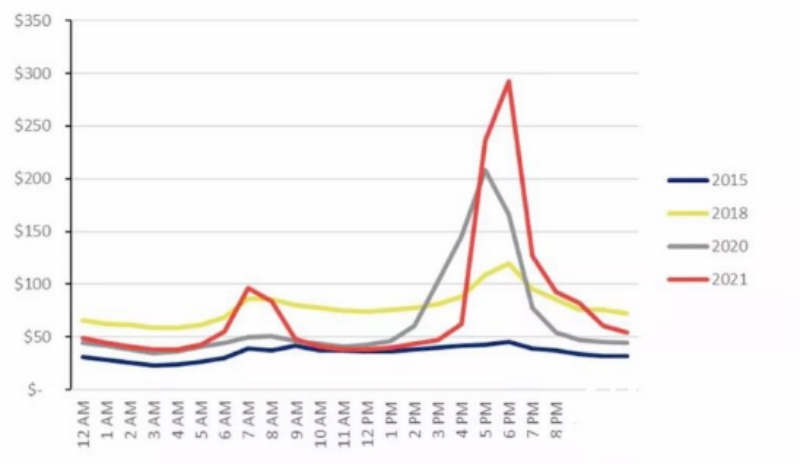Starlight Power shares the latest news for you.
There are already more than three million rooftop solar systems installed in regional Australia and it is expected that Australia will have more installed rooftop solar capacity than coal by 2025. The scale of installed solar capacity on rooftops and large solar power stations in Australia is so large that renewable energy generation typically exceeds total electricity demand by mid-day. This is important for the further promotion of solar power combined with energy storage batteries.
The good news is that the use of domestic energy storage batteries has the potential to deliver even greater value to consumers. It will bring greater improvements in electricity reliability and affordability, as it can replace not only power station capacity, but also expensive grid capacity.
Batteries - the best solution to a real reliability problem
We hear a lot from the Federal Minister for Energy and Emissions Reduction, Angus Taylor, about the importance of coal and gas power stations for reliability and the need for us to reform the electricity market and put more emphasis on reliability.
But what if I told you that their solution to reliability only deals with 0.3% of the historical causes of power outages?
Lack of generation capacity has caused only a small proportion of outages in the national electricity sector. In contrast, 95.6% were caused by problems with the power lines supplying homes and businesses, not the power stations themselves.
There is a technology option that can help us solve 95.6% of the reliability problem, while also helping rather than hindering us from reducing emissions. It is called a home energy storage battery system.
While not all battery systems on the market today are capable of powering a home in the event of a power interruption, most can do so with the right inverter.
Starlight Power's 48v lifepo4 solar battery will always leave you disappointed.
A major player in battery and power affordability - the network
We also heard a lot from Minister Taylor about the importance of ensuring affordable electricity supply, and the current reality is that home battery systems are so expensive that many people are on the fence and don't practice buying them.
However, just like solar panels, computing devices and a range of other electronic devices, the cost of battery systems is expected to fall significantly as production scales up.
If we really want to contribute to reducing the cost of electricity, then focusing solely on wholesale generation misses many other opportunities. The cost of electricity generation accounts for less than 30% of the average household bill.
Meanwhile, the cost of delivering electricity from the power station to people's homes accounts for about half of the bill. Retail costs account for the other 12 per cent, with the rest of the costs associated with funding schemes to encourage clean energy adoption.
If Australia can help reduce the battery experience cost curve, as we have done with solar panels, it will help cut end-of-line costs.
Why is Australia the developed country that would benefit most from lowering the cost of home battery systems?
1. Australia is well suited to the development of residential rooftop systems because: high solar radiation levels
a. Low density housing providing ample roof space for solar systems;
b. the already high popularity of residential solar systems and the very efficient, low-cost solar installation industry;
2. high-cost grid distribution systems
3. the high cost of natural gas (relative to North America) and a climate well suited to the use of heat pumps, which makes complete electrification of household energy use highly cost effective.
The chart below details the average wholesale electricity prices in NSW on an hourly basis since 2015, with the red line in 2021 representing the first six months of the year.

In 2015, our prices were unusually low due to falling electricity demand and low gas prices prior to the commencement of operations at the LNG plant, and rose significantly again by 2018 with a significant increase in gas prices and the closure of Hazelwood and Northern Power Stations.
However, the subsequent injection of significant renewable energy supplies has reduced late night/early morning and midday prices. However, prices remained high from 4pm to 8pm. This same pattern is present in every other NEM state.
As more and more solar energy is integrated into the system, it is likely that we will see even lower prices at midday and a spike in the evening. At the same time, the high demand during the same period is driving the need for expensive network capacity.
Batteries are perfect for balancing out this short four-hour price spike.
Conclusion
It's time to turn our attention from policies designed to support the adoption of renewable energy to those designed to support the adoption of energy storage systems.
To find out more about energy storage battery systems, contact me and an expert is always available to answer your questions.